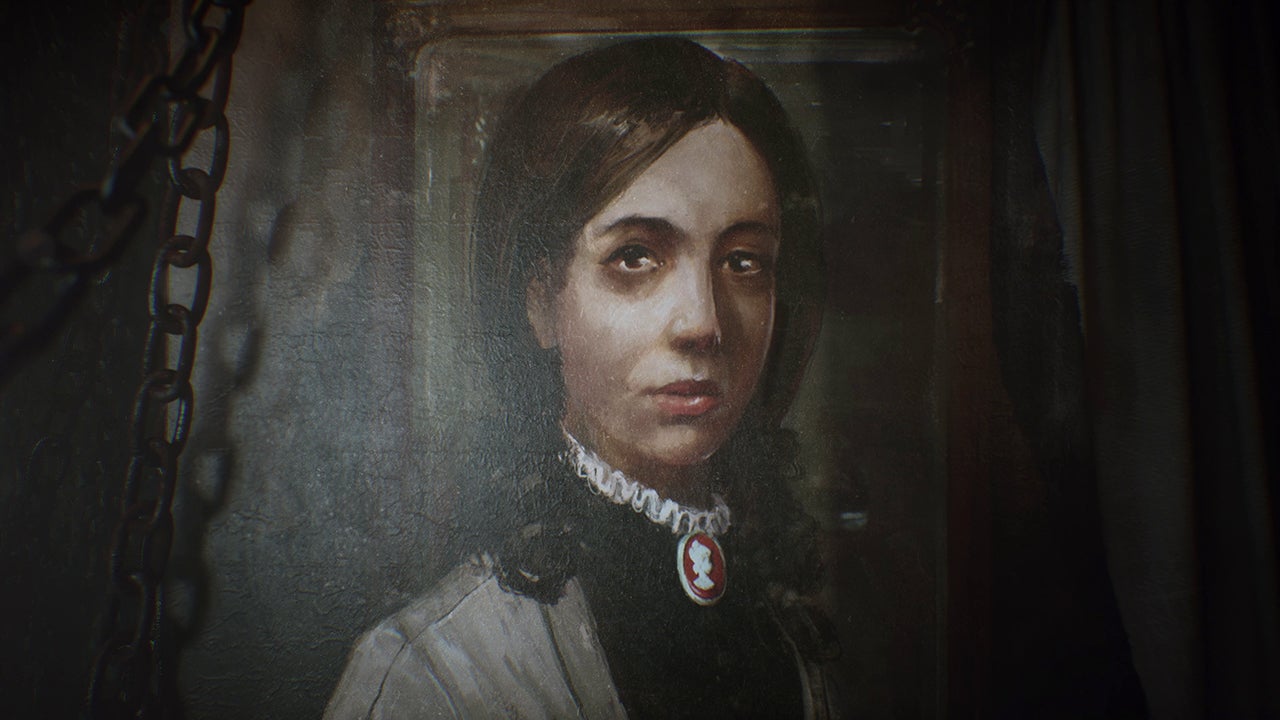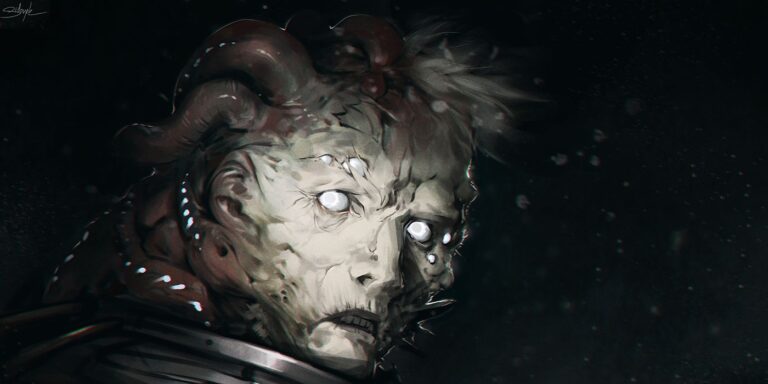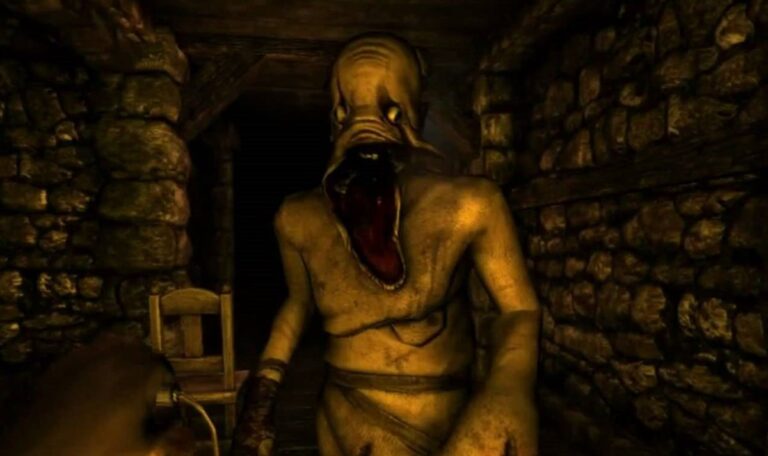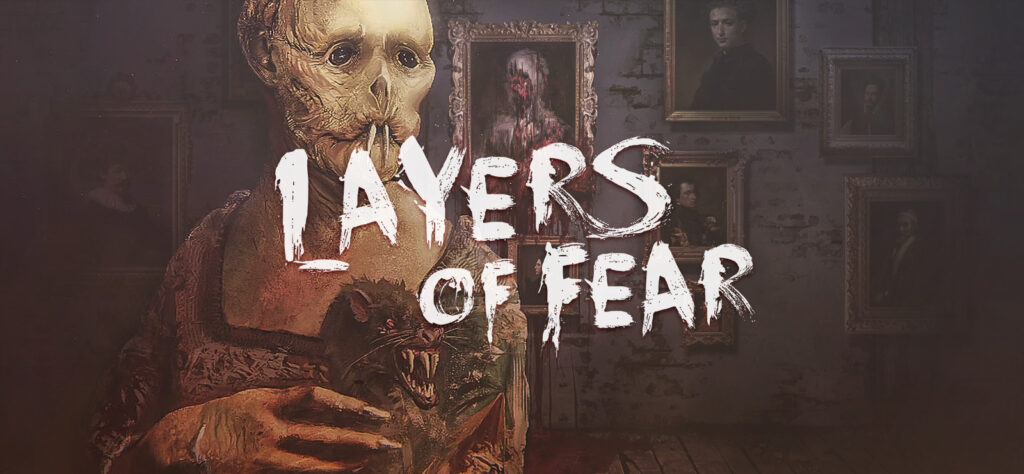
There’s a brushstroke in Layers of Fear that never dries. It festers. It bubbles up like an untreated wound in the mind, refusing to heal because the artist refuses to let it. That’s the hell the game traps you in, the labyrinth of an ego that devours itself, over and over, for the sake of creation.
Bloober Team’s Layers of Fear is more than just haunted corridors and shifting oil paintings; it’s an autopsy of the artist’s mind laid bare. You’re not just exploring a Victorian mansion — you’re spelunking into a cranium split open by grief, alcohol, ego, and obsession. Each hallway is a neuron firing a half-forgotten regret; each portrait, a confession that the protagonist’s art was always just self-mutilation in disguise.
The painter — nameless, faceless in any stable sense — becomes a cipher for the horror of unfinished genius. His wife, once a muse, is burned into the walls as a specter of lost inspiration and marital collapse. The child? A casualty of an ego unchecked — a footnote in a house that’s a mausoleum for failed fatherhood.
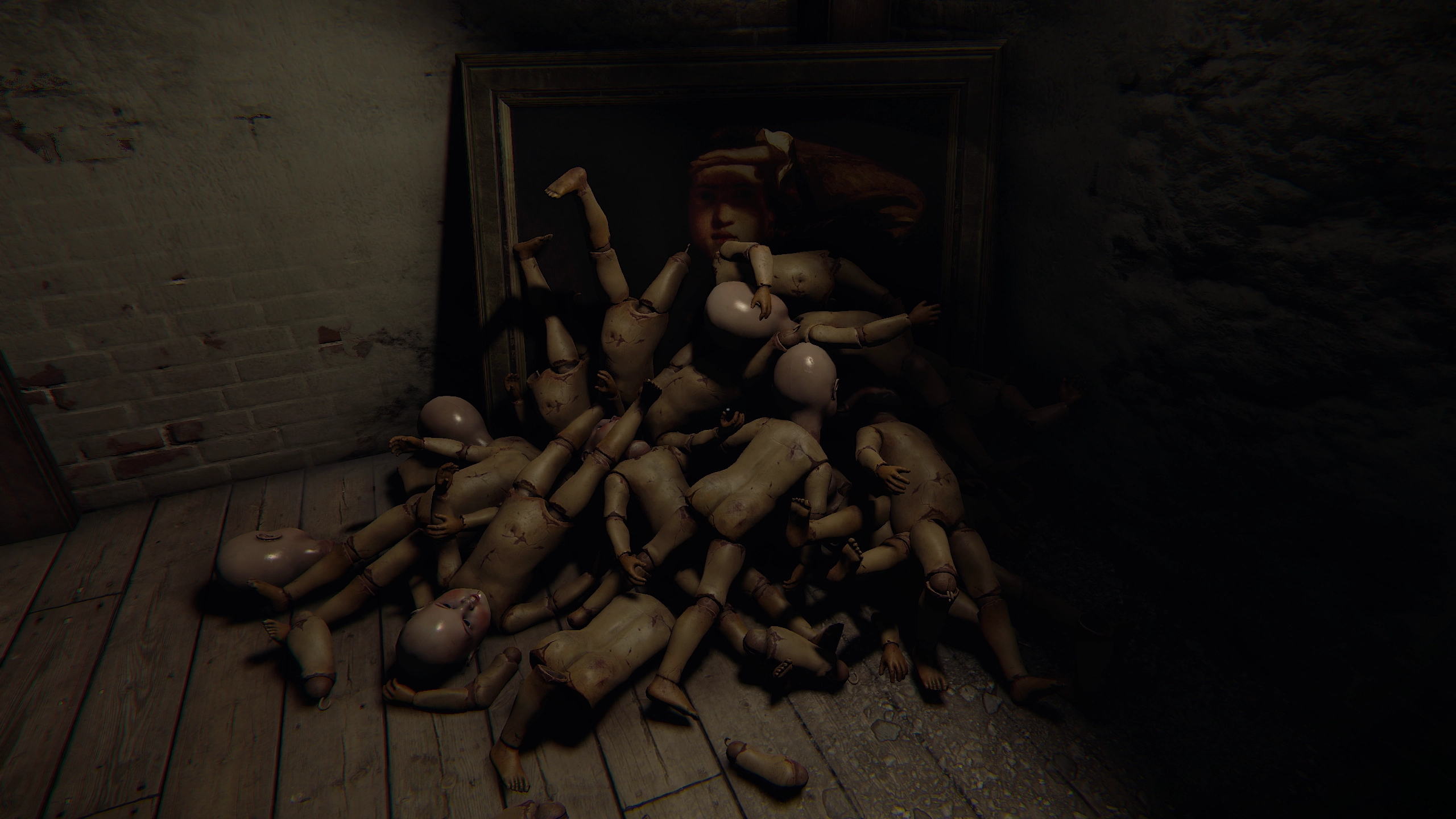
The genius of Layers of Fear is that it doesn’t just make you walk through horror — it makes you paint it. Each discovery, each glimpse of ruined canvas or gory brushwork, is you helping him finish the masterpiece that will never be enough. The house is alive because the artist’s psyche is alive — or rather, undead — gnawing its own tail in a carnival of delusion.
There’s an addiction in the painter’s madness that’s all too familiar. The endless reworking. The delusion that one more layer will make it perfect. One more apology, one more drink, one more cut into the flesh of the canvas — or the flesh of a family that should have been more than pigment.
You can feel the inspiration bleeding from classic Gothic dread: The Picture of Dorian Gray, The Fall of the House of Usher, Repulsion. But Layers of Fear is uniquely modern in how it traps you in a loop — because what’s scarier than being stuck in your own head, forever repainting your sins until the brush disintegrates?
It’s not just haunted art — it’s the horror of human frailty. The horror that, under the splendor of oil and brush, the masterpiece was always an autopsy. The horror that there was never a masterpiece at all — just a ruin that calls itself genius.
